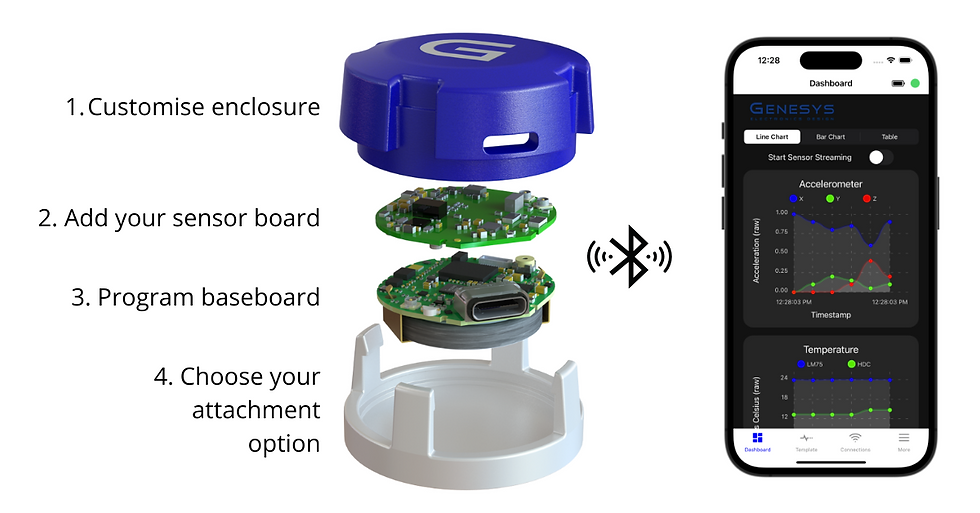The 3G network is closing down - this is what you should do
- timk613
- Apr 15, 2024
- 2 min read
Updated: May 20, 2024
Next month, Telstra will close its 3G network, with Optus following in September (Vodaphone's 3G network is already shut). With approximately three million 3G devices in the market, it seems inevitable that many consumers and manufacturers alike will be caught out.

The good news is that product development cycles are faster than ever, and replacement devices can be designed and back on the market quickly, minimising the impact. In addition, upgrading a device’s design brings opportunities to refresh features and manufacturability to make it more competitive.
Most devices that rely on the 3G network for communication and control are likely to have been designed a decade or more ago, well before 4G became mainstream. As such, the device’s design will likely be missing many options available today, including newer communication options like NB-IoT, Sigfox, LoRaWAN, satellite and more.
Similarly, the available integrated circuit chipsets have grown immensely over the past decade in functionality and performance. Devices designed today will be far more capable and cheaper to manufacture.
A successful product redesign will align your basic requirements with the available technologies. Key factors include:
The volume of data being transmitted
Latency requirements
Power consumption
Network availability
Sensing and control requirements
More recently, this list includes the need to incorporate the high-end processing capability demanded by AI applications.
To update a 3G product to work with an alternative communications system, choose the alternative that best suits the product’s needs. For applications requiring relatively high data rates, it is appropriate to consider transitioning to 4G or 5G. However, NB-IoT or one of the newer proprietary IoT-oriented systems may be more appropriate for applications with low data rates.
Genesys: Your partner in transitioning to 4G and future technologies
Genesys understands the challenges faced by manufacturers during this critical juncture. In fact, during the transition from 2G to 3G, we helped a number of companies make the change, including developing the Netcomm Wireless NTC-100 IoT Serial Modem, which uses dual LTE Cat NB-IoT and Cat M1 technology. Importantly, this product is not affected by the current 3G shutdown. Our team of experienced engineers is here to provide comprehensive support throughout the transition process.

The first step is to audit the devices you are responsible for and check for exposure to the 3G network shutdown. Genesys can quickly review existing designs and provide an immediate assessment for free.
To re-engineer simple sensing and control products, we can then deliver a rapid proof of concept using updated technologies, transitioning to a prototype, all within a few months. This rapid development capability is supported by the Genesys Wireless Sensing Platform.
For more sophisticated devices, we will accelerate our normal product development process, assessing the full requirements before embarking on design and development processes. We take into account other factors such as countries of deployment and multiple use cases for devices, which may affect connectivity options and the way your communication functionality is integrated into the device.
A great way to future-proof your product against further technological changes is to incorporate plugin boards for design aspects that are likely to change. That way, only the plugin needs to be redesigned, not the whole board. While there is no suggestion that 4G will go away anytime soon, and indeed LPWAN applications and technologies like NB-IoT are somewhat independent of the particular cellular technology, it is prudent to consider all possible changes in your design.
.png)


